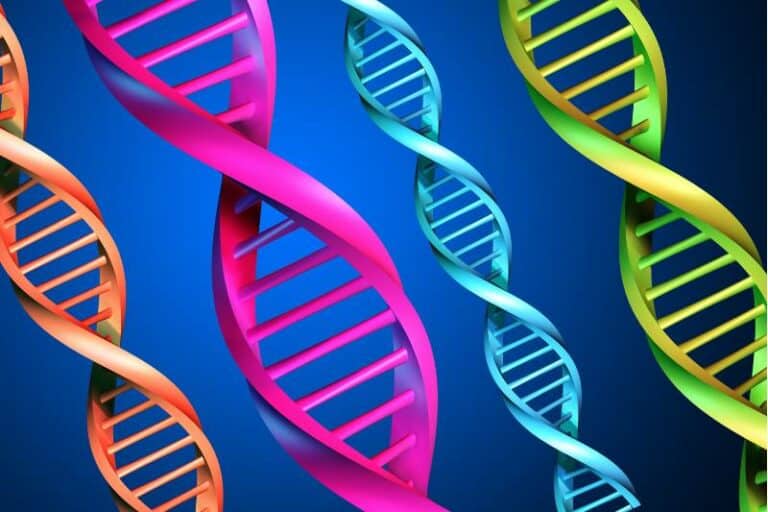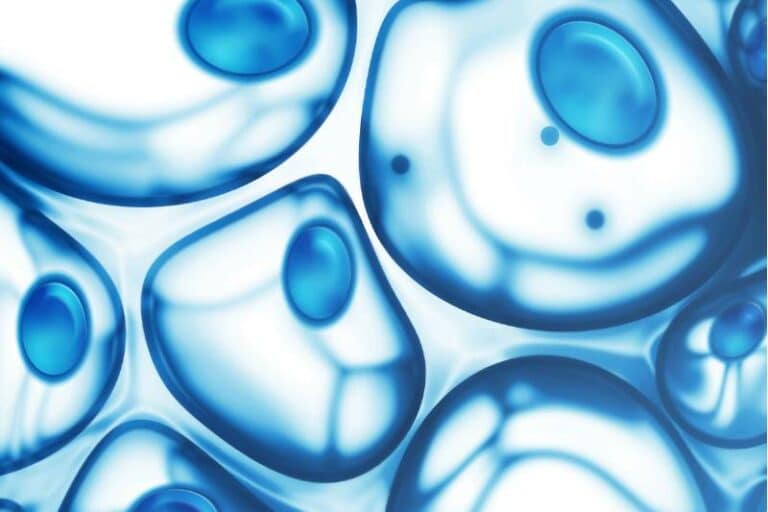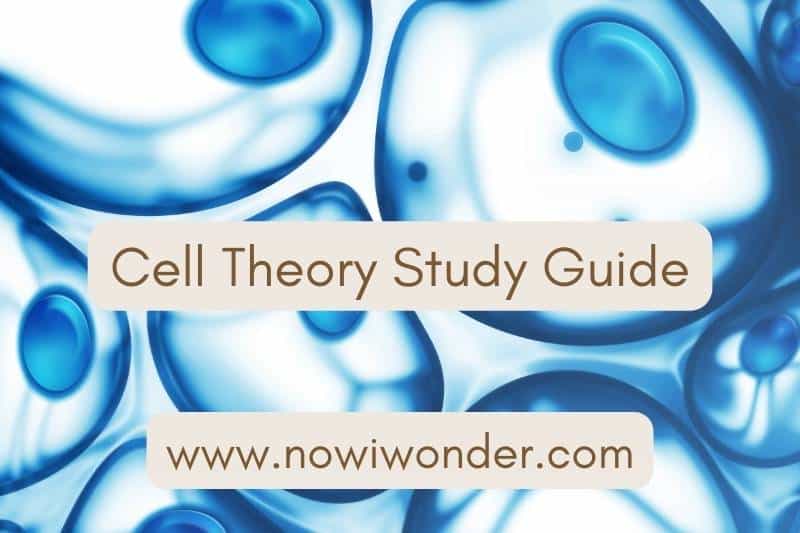
In 1665, a curious Englishman changed the world forever. His name was Robert Hooke. Peering at a slice of cork through a homemade microscope, he saw a honeycomb of tiny, closely packed compartments. These compartments reminded him of the blocks of cells occupied by monks. He called these compartments “cellulae” after the Latin word for “small rooms”.
Hooke’s observations led to a new era of science called cell biology. Cell biology is the scientific study of cells. The foundation of cell biology is a theory called the cell theory.
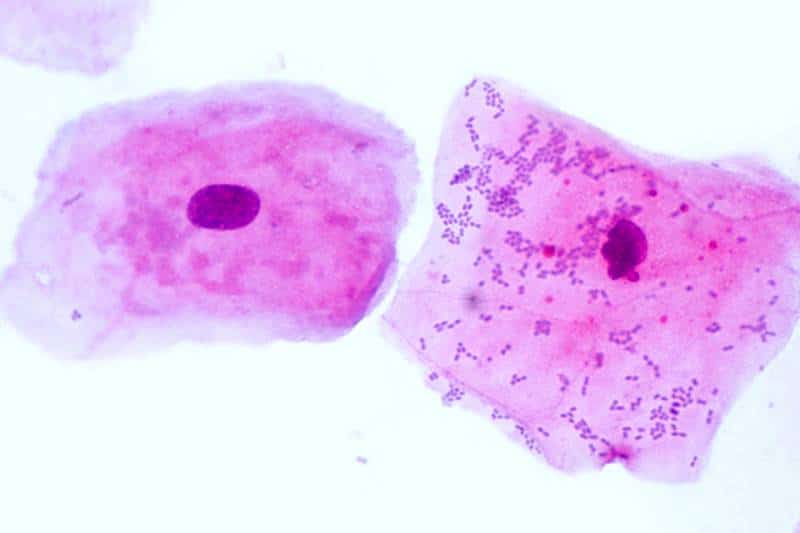
What is the cell theory?
Cell theory is a theory in biology. It describes the fundamental structure and organization of living things.
Why is the cell theory important?
Cell theory is important because it defines life. It provides a framework for determining whether an organism can be considered alive. It helps us understand how organisms are created, grow, and die, and why they take the forms they do.
Most importantly, cell theory forms the foundation for modern medicine. It forms the foundation for preventing and managing diseases like cancer and infections.
What are the parts of the cell theory?
Three core principles of the cell theory
The three core principles of cell theory were developed in the 1800s.
- All known, living organisms are composed of one or more cells.
- The cell is the fundamental unit of structure and function in all living organisms. Cells are the smallest living things. Anything smaller than a cell is not considered alive.
- The creation of new cells depends on division of existing cells.
Modern cell theory:
Since the original three principles of cell theory were developed in the 1800s, scientists have added additional principles. The result is considered “modern cell theory”.
- All known, living organisms are composed of one or more cells.
- The cell is the fundamental unit of structure and function in all living organisms. Cells are the smallest living things. Anything smaller than a cell is not considered alive.
- The creation of new cells depends on division of existing cells.
- The structure and function of an organism is the result of the total activity of its individual cells.
- Energy is transformed from one form to another within cells.
- Cells contain both DNA and RNA.
- All cells in organisms of similar species share the same basic chemical composition.
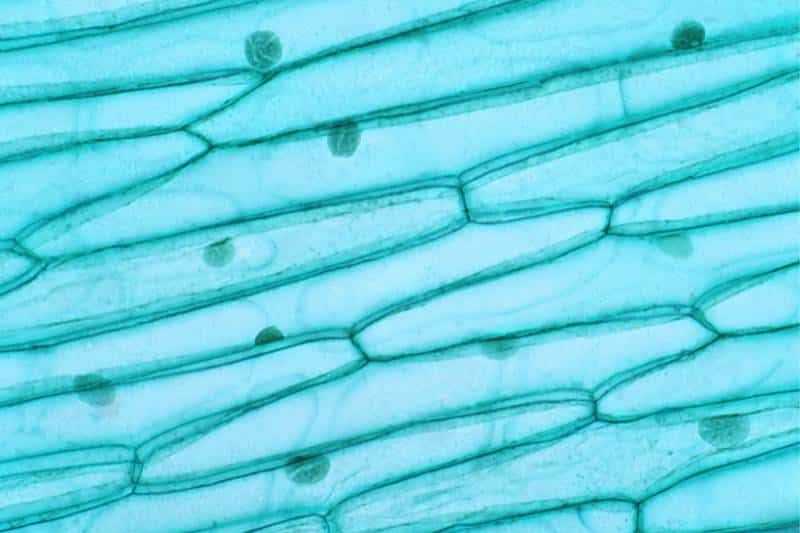
Development of cell theory
In 1665, Robert Hooke looked at cork through rudimentary microscope. He saw a pattern of tiny, empty compartments. The cells he looked at were empty because the cells themselves were already dead. He called these “cellulae”, a word based on the Latin words for “small room” and the six-sided shape of a honeycomb.
The next discovery came in 1673. A draper names Anton van Leeuwenhoek made a single lens microscope. This microscope was a major advancement over Hooke’s microscope. Leeuwenhoek’s microscope magnified objects 270 times.
With this magnification, Leeuwenhoek could see things moving. He described many microorganisms, including protozoa and other unicellular creatures. He saw animal cells becoming fertilized but did not observe cell division.
Nothing much happened with these observations until the 1830s. Then, scientists made three important discoveries.
First, a Scottish botanist Robert Brown observed nuclei in all plant cells in 1833. Second, nuclei were observed and recognized in animal cells. Third, scientists observed that cells were filled with a translucent substance. They called this substance “protoplasm”. Protoplasm seemed to flow through the cells. This made scientists believe that the individual cells contained living material.
Then, in 1838, botanist Matthias Jakob Schleiden made two statements about plants. First, he stated that “lower plants” consist of one cell. Second, he stated that “higher” plants are composed of many cells.
His friend, physiologist Theodor Schwann realized that higher animals are composed of many cells also. In 1839, Shleiden and Schwann determined that cells are “elementary particles of organisms” in both plants and animals. Some organisms are unicellular while others are multicellular. Schleiden and Schwann identified three structures common to cells: the cell membrane, nucleus, and cell body.
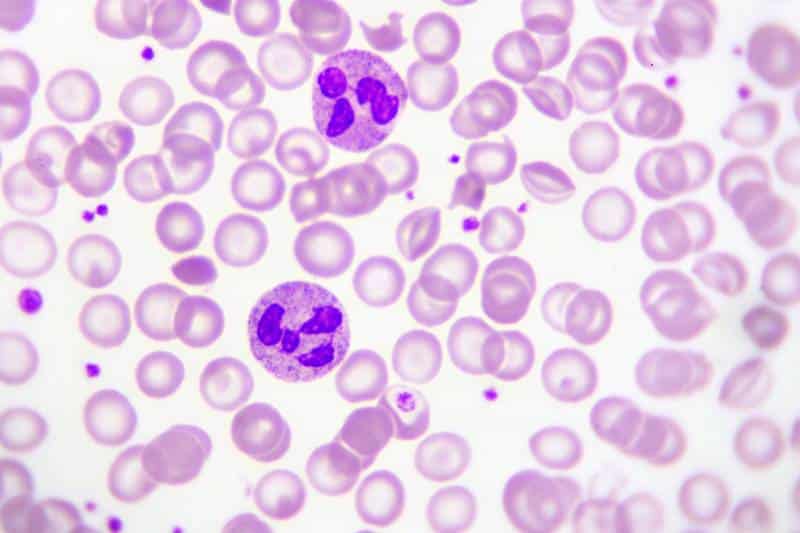
In 1852, Robert Remak contributed the third principle of cell theory – that all cells arise only from cells that already exist. A scientist named Barthelemy Dumortier had previously introduced the idea of binary fission. Binary fission stated that a single cell splits into two cells. Remak published observations on cell division. He identified cell division as the means by which animal cells reproduce.
In 1855, Rudolph Virchow reiterated Remak’s claims. Virchow stated that all cells come from existing cells. He also pioneered the concept that diseases develop at the level of individual cells. Before Virchow’s contribution, people believed that an imbalance in the four “humors” of the body caused disease.
In 1861, a French chemist named Louis Pasteur added the next piece of the theory. Louis Pasteur studied microbes. He published studies that helped establish the principle of “biogenesis”. Biogenesis states that organisms only arise by reproducing with other organisms. Pasteur’s work also helped later scientists realize that cells are metabolically active. Metabolically active cells transform simple nutrients into physical structures and energy.
In 1892 the German embryologist and anatomist Oscar Hertwig suggested that organism processes reflect cellular processes. His work established cytology as a separate branch of biology. Cytology is now referred to as cell biology
What is a cell?
A cell is the smallest unit of life. It forms the basic structure of all organisms. Each cell is self-contained, self-maintaining set of structures enclosed in a special membrane.
How big are cells?
Individual cells come in a range of sizes but most are far too small for us to see without help from a microscope. Our bodies are made of cells about 5 to 20 micrometers in diameter. A micrometer is one-millionth of a meter. The smallest size an average person can see with their eyes alone is 0.1 millimeters.
This means that smaller cells in our bodies would have to be 20 times bigger before we could see them without help from microscopes.
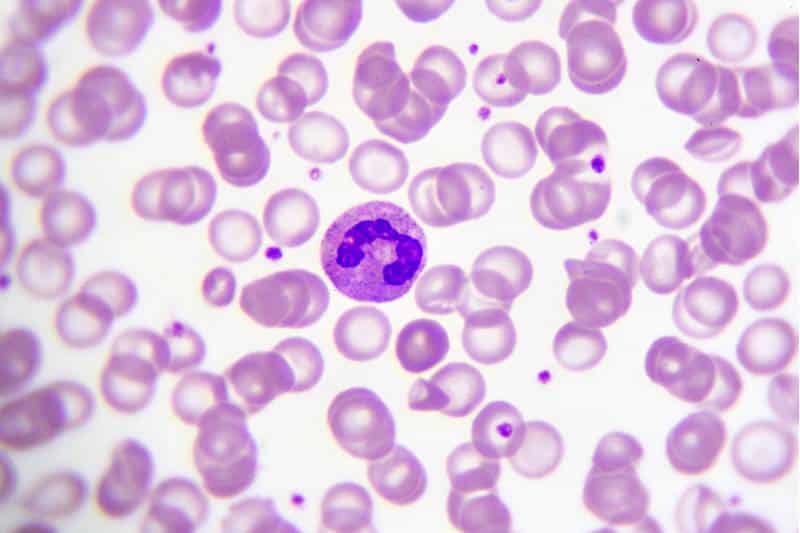
Why aren’t cells bigger?
Most cells are small because they could not function as well if they were larger. A structure located in the center of the cell tells the rest of the cell what to do. Its orders have to pass to the rest of the cell. The larger the cell, the longer it takes for the rest of the cell to receive these orders and take action.
A cell whose components receive orders quickly has a competitive advantage.
Another reason cells are not larger is related to their cell membranes. Every cell is enclosed by a plasma membrane which protects the interior of the cell. The membrane contains tiny pores that allow certain substances to move in and out of the cell. A cell’s membrane is the only means by which it can interact with other cells or the external environment.
Cells have to move molecules across their membranes constantly. Some molecules need to be brought into the cell, and some need to be moved out. Cells can transport molecules across their membranes easier when the ratio of surface area to cell volume is high.
As a cells gets larger, both its surface area and volume increase. But volume increases a lot faster than surface area. As cells get bigger, the surface area to volume ratio gets bigger. Eventually, cells would get too big to maintain stable internal environments.
How do viruses fit into cell theory?
Viruses are the smallest microbe that can replicate. But they are not considered living under cell theory. Viruses do not have cell membranes. They are made of genetic material (called the viral genome) wrapped in a protein shell.
Viruses are inert outside of a host cell. They can’t produce their own energy. They can’t grow or reproduce on their own. They do not replicate by division like living cells do. They can only replicate by invading living cells. Once inside a cell’s membrane, viruses hijack the cell’s structures. Viruses force the cells to replicate the viruses instead of themselves. Most viruses eventually destroy their host cells, but others stay hidden inside.
Additional Resources
- Click here for a free Cell Theory Worksheet to help you assess your understanding. You can use the questions directly or download the entire worksheet for free.
- Click here for the Answer Key to the Cell Theory Worksheet. You can download this Cell Theory Answer Key for free also.


